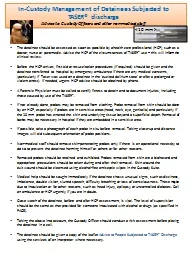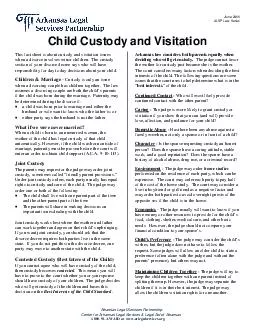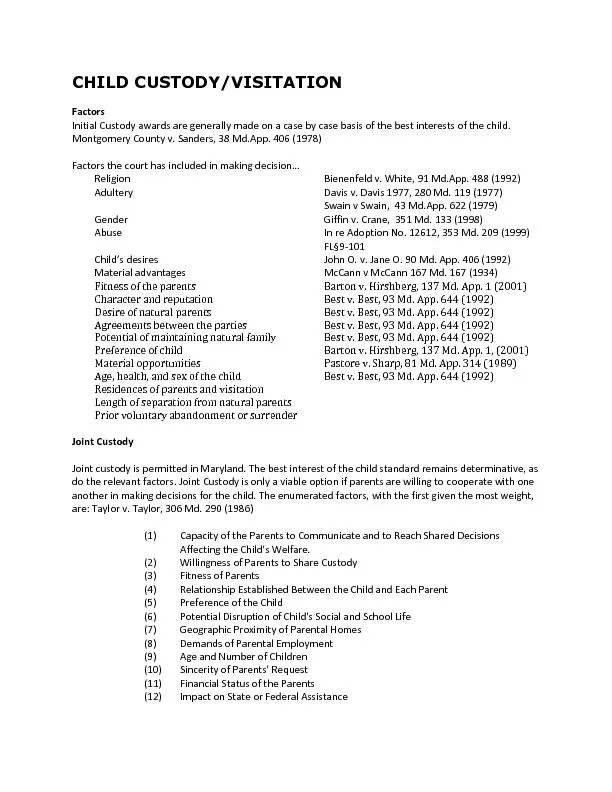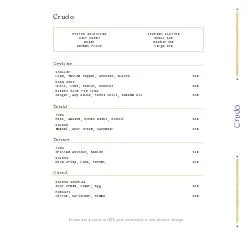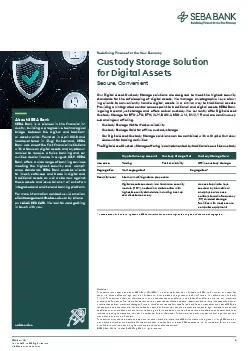PPT-In-Custody Management of Detainees Subjected to
Author : mitsue-stanley | Published Date : 2017-04-10
TASER discharge Advice to Custody Officers and other n onmedical staff The detainee should be assessed as soon as possible by a health care professional HCP such
Presentation Embed Code
Download Presentation
Download Presentation The PPT/PDF document "In-Custody Management of Detainees Subje..." is the property of its rightful owner. Permission is granted to download and print the materials on this website for personal, non-commercial use only, and to display it on your personal computer provided you do not modify the materials and that you retain all copyright notices contained in the materials. By downloading content from our website, you accept the terms of this agreement.
In-Custody Management of Detainees Subjected to: Transcript
Download Rules Of Document
"In-Custody Management of Detainees Subjected to"The content belongs to its owner. You may download and print it for personal use, without modification, and keep all copyright notices. By downloading, you agree to these terms.
Related Documents

